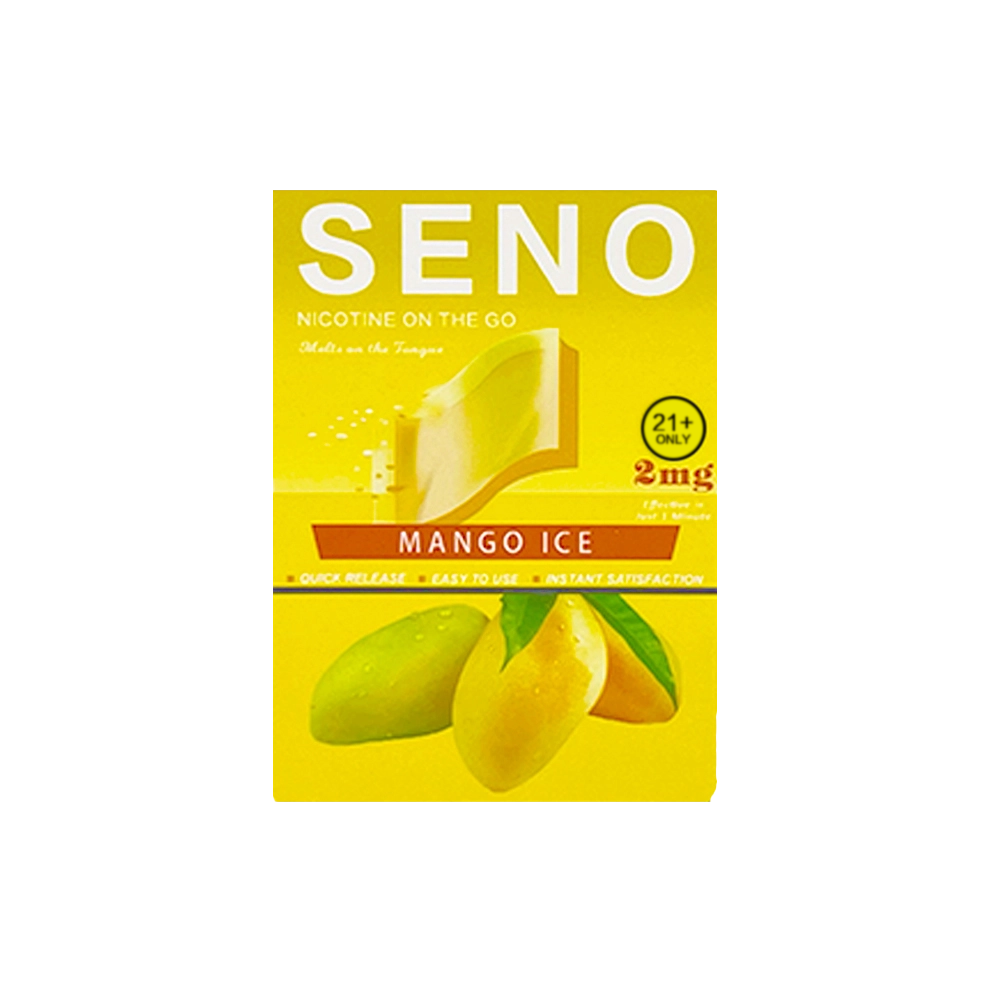Unveiling the Three Main Types of Consumer Goods: A Comprehensive Exploration
2 min read
In the dynamic world of consumerism, understanding the various types of consumer goods is crucial for businesses and individuals alike. From everyday essentials to luxury indulgences, consumer goods encompass a wide range of products that cater to diverse needs and desires. In this article, we delve into the three main types of consumer goods, shedding light on their characteristics, market trends, and significance in today's economy.
- Convenience Goods:
Convenience goods form the foundation of our daily lives, providing the essential products we rely on for convenience and routine. These goods are typically inexpensive, widely available, and frequently purchased. Examples include household items like toiletries, cleaning supplies, and non-perishable food items. Convenience goods are often characterized by brand loyalty, as consumers tend to stick to familiar choices due to their habitual nature. In the digital age, e-commerce platforms have revolutionized the convenience goods market, offering unparalleled accessibility and convenience for consumers worldwide. - Shopping Goods:
Shopping goods occupy a middle ground between convenience goods and specialty goods, offering consumers a balance of quality, price, and personal preference. These goods are typically purchased less frequently and require more consideration and comparison before making a purchase decision. Examples include clothing, electronics, furniture, and other durable goods. Shopping goods are often associated with brand differentiation, as consumers actively seek out specific features, styles, or brands that align with their preferences. With the rise of online shopping and customer reviews, consumers now have access to vast amounts of information, empowering them to make informed choices when purchasing shopping goods. - Specialty Goods:
Specialty goods represent the pinnacle of consumer desires, catering to unique tastes, preferences, and aspirations. These goods are characterized by their distinctiveness, exclusivity, and often higher price points. Examples include luxury cars, designer fashion, fine jewelry, and high-end electronics. Specialty goods evoke a sense of prestige and status, appealing to consumers who value craftsmanship, aesthetics, and exceptional quality. The market for specialty goods is driven by aspirational branding, limited availability, and personalized customer experiences. In recent years, the growing demand for sustainable and ethically sourced specialty goods has reshaped the industry, emphasizing the importance of social and environmental responsibility.
Conclusion:
Understanding the three main types of consumer goods is essential for businesses seeking to meet the diverse needs and desires of consumers. Convenience goods provide the foundation of everyday life, while shopping goods offer a balance of quality and personal preference. Specialty goods cater to exclusive tastes and aspirations, representing the epitome of consumer desires. By recognizing the characteristics and market trends of each type, businesses can tailor their strategies to effectively target and engage their desired consumer segments. As consumer preferences continue to evolve, staying attuned to the dynamic nature of consumer goods is key to thriving in the ever-changing marketplace.



